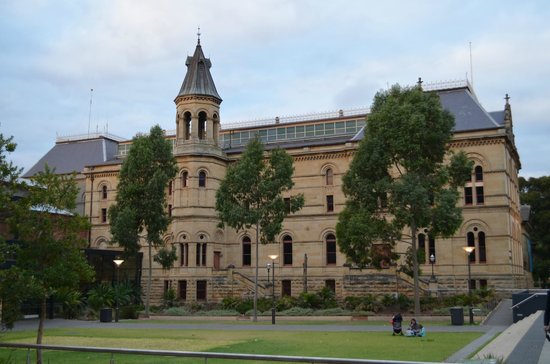Today I presented at the Interpretation Australia Masters Workshop in Sydney. My presentation was about “Understanding audiences” and following on from the Google hangout I did for IA earlier in the year, looked at what we can learn about visitor experiences from psychology.
The presentation is based on a Venn diagram made up of three circles: Think (representing cognition), Feel (representing affect) and Act (representing behaviour). During the presentation I argued that while there are many complex social and motivational reasons for people to visit museums and other cultural heritage sites, it can be boiled down to the fact that visitors anticipate the experience will satisfy at least some of their cognitive, affective and behavioural needs. And since psychology is the study of human affect, cognition and behaviour, it should be able to tell us something about what these needs might be.
The presentation is a quick armchair ride through some of the psychological literature I have encountered during my PhD research. Summary of the references referred to:
Appleton, J. (1988). Prospects and refuges revisited. In J. Nasar (Ed.), Environmental aesthetics: theory, research and applications (Vol. 3, pp. 27–44). Cambridge, UK: Cambridge University Press.
Bitgood, S. (2011). Social Design in Museums: The Psychology of Visitor Studies. Collected Essays Volume One. Edinburgh: MuseumsEtc.
Csikszentmihalyi, M. (1990). Flow: the psychology of optimal experience. New York: Harper Perennial.
Dahl, T. I., Entner, P. S., Johansen, A.-M. H., & Vittersø, J. (2013). Is Our Fascination With Museum Displays More About What We Think or How We Feel? Visitor Studies, 16(2), 160–180. doi:10.1080/10645578.2013.827011
Kaplan, S. (1988). Where cognition and affect meet: a theoretical analysis of preference. In J. L. Nasar (Ed.), Environmental aesthetics: theory, research and applications (pp. 56–63). Cambridge, UK: Cambridge University Press.
Litman, J. (2005). Curiosity and the pleasures of learning: Wanting and liking new information. Cognition & Emotion, 19(6), 793–814. doi:10.1080/02699930541000101
Norman, D. A. (2004). Emotional Design: Why We Love (or Hate) Everyday Things. New York: Basic Books.
Packer, J. (2006). Learning for Fun: The Unique Contribution of Educational Leisure Experiences. Curator: The Museum Journal, 49(3), 329–344. doi:10.1111/j.2151-6952.2006.tb00227.x
Plutchik, R. (1980). Emotion: A Psychoevolutionary Synthesis. New York: Harper and Row.
Rui Olds, A. (1994). Sending them home alive. In E. Hooper-Greenhill (Ed.), The Educational Role of the Museum (pp. 76–80). London: Routledge.
Russell, J. A., Ward, L. M., & Pratt, G. (1981). Affective Quality Attributed to Environments: A Factor Analytic Study. Environment and Behavior, 13(3), 259–288. doi:10.1177/0013916581133001
Smith, C., & Ellsworth, P. (1985). Patterns of cognitive appraisal in emotion. Journal of personality and social psychology, 48(4), 813–838. Retrieved from http://www.ncbi.nlm.nih.gov/pubmed/3886875


